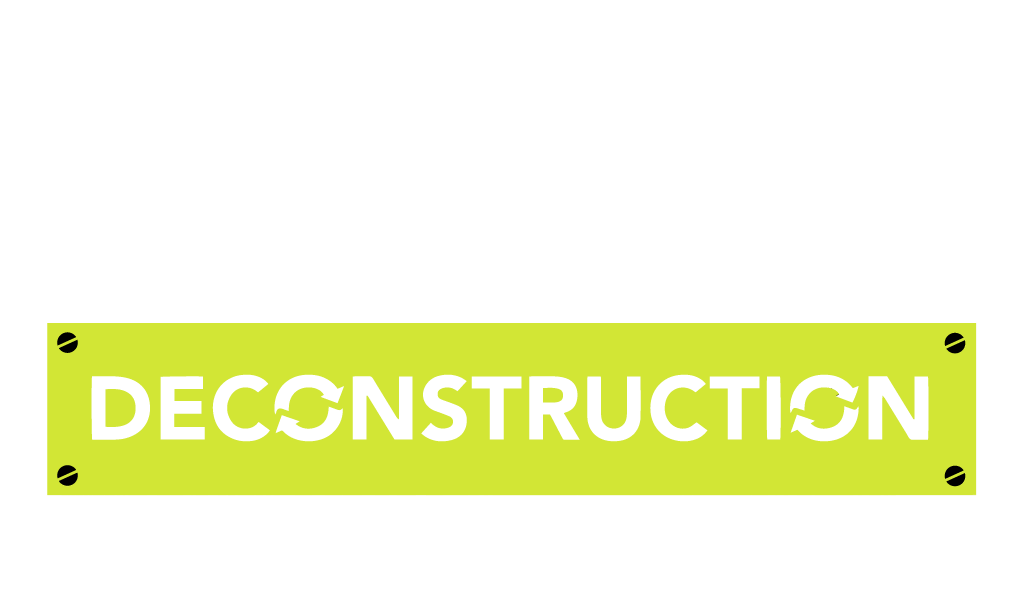How does it work?
Breaking down the building deconstruction process
We provide reuse and recycling plans as part of our deconstruction services to make sure projects comply with local policies and ordinances, including those of Denver, Boulder, and Lakewood
Deconstruction, or dismantling homes and buildings carefully to reuse and recycle as many materials as possible, comes off like a great idea to most. The next question often is, so how does it work?
Generally, the process works just like any demolition contractor process! We assess the site, create an estimate and scope, do the work, and haul materials away. The difference is: We create a waste management plan for each material in the process, separate, sort, and recover materials, and provide all the donation receipts and paperwork needed to prove material recovery and create tax-deductible savings for the homeowner.
Here’s a detailed look at how the deconstruction process works for homeowners and commercial property owners working with Perks:
Step 1 - Jobsite walk is completed
After the initial contact is made, a Perks Deconstruction staff member will arrive at the project site for a full assessment. Considerations that are made include what materials can be donated for reuse, which materials can be recycled, and what materials have to be landfilled. The duration of the job is also estimated, as well as how many team members will be needed for deconstruction.
Step 2 - Detailed estimate is generated
From the initial discovery call and jobsite walk, a comprehensive scope of work is generated, and an estimate is sent to the contractor or homeowner for review.
Step 3 - Waste management plan is created, per your community’s policies
Along with the overall scope, a waste management plan, or reuse and recycling plan, will be generated for your projects. Some communities along the Front Range, including Denver, the Boulder County, and the City of Lakewood, have deconstruction policies in place that require contractors to submit reuse and recycling plans along with permitting paperwork. Will create this plan for you on your behalf and will include it with your cost estimate.
The Perks crew deconstructing a roof in Denver
Step 4 - Bid is reviewed & accepted
At this point, the homeowner or general contractor will review the bid and plans to make sure it meets their needs. Once the bid is accepted, the homeowner or contractor applies for the necessary permits from their municipality. When permits have been approved, the deconstruction process begins.
Step 5 - Structure is deconstructed
After the bid is accepted and the permits approved, our crew will begin the deconstruction process. Materials are dismantled one by one and sorted into reuse and recycling piles. Learn more about each step of the deconstruction process.
Step 6 - Materials are separated and prepared for reuse & recycling
Wood for recycling, wood for reuse, concrete, tiles, masonry/brick, scrap metal recycling, and insulation reuse are just some of the most common piles you’ll see at one of our deconstruction sites. Learn more about the materials we reuse and recycle.
Step 7 - All waste, recycling, and donation receipts are provided for tax-deductible write-offs
All paperwork related to building material donation appraisals and receipts are provided by Perks. We also provide guidance and can be a liaison for acquiring and filing paperworks related to building material appraisals and tax forms.
For more on working with Perks, view our complete customer roadmap or our blog on building material appraisals.


